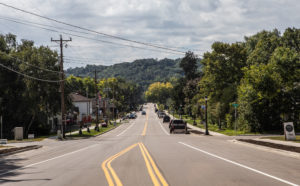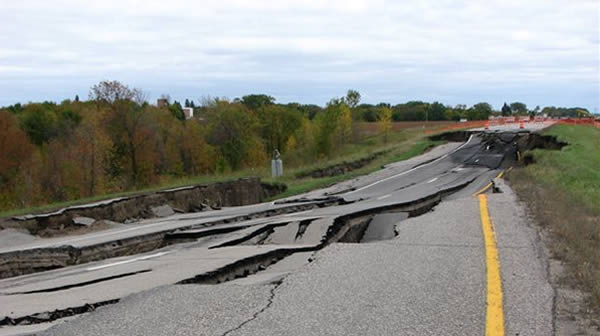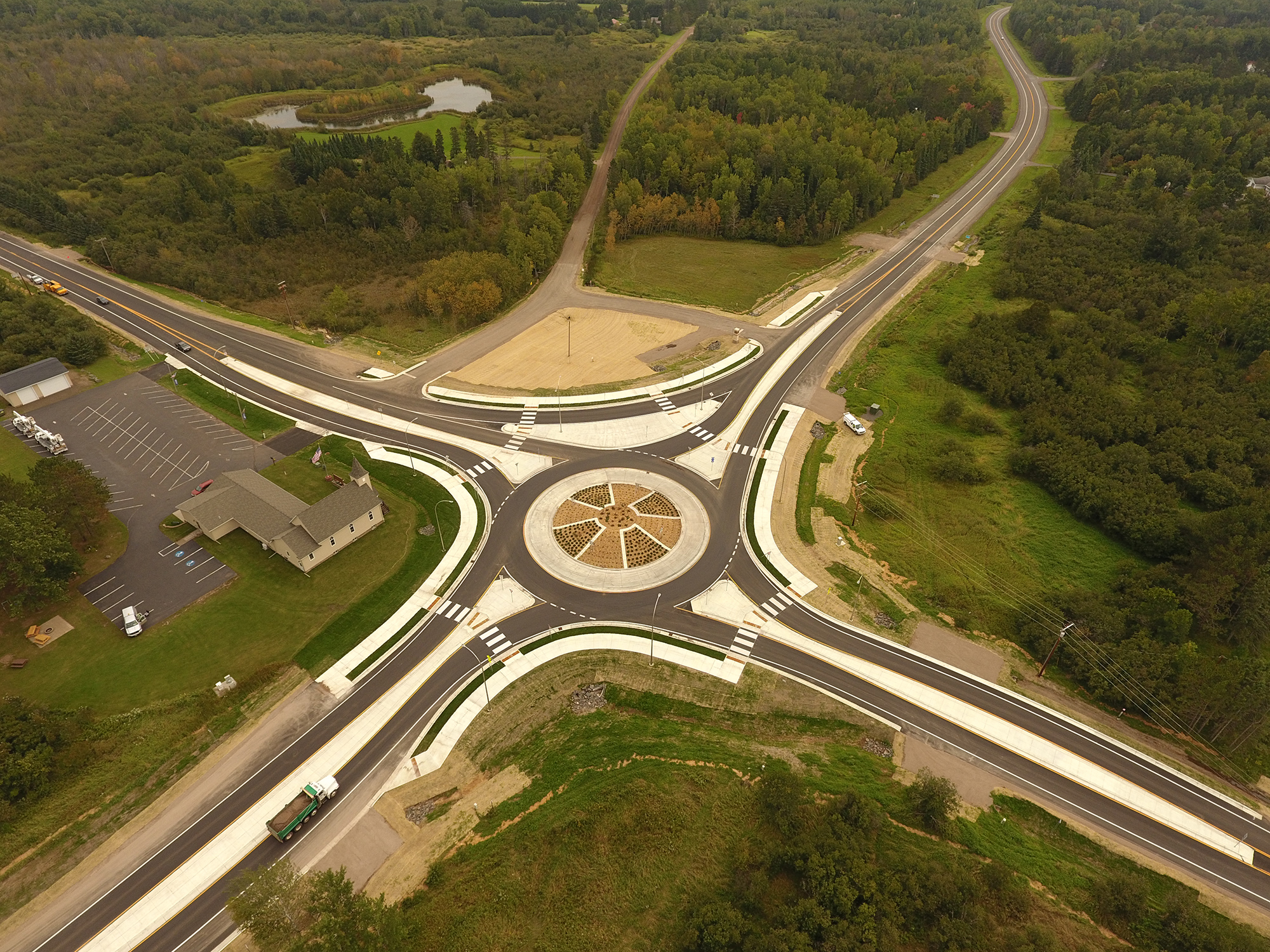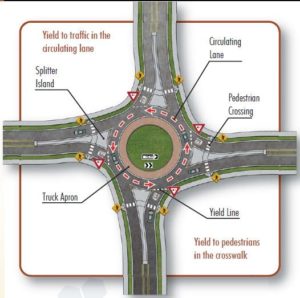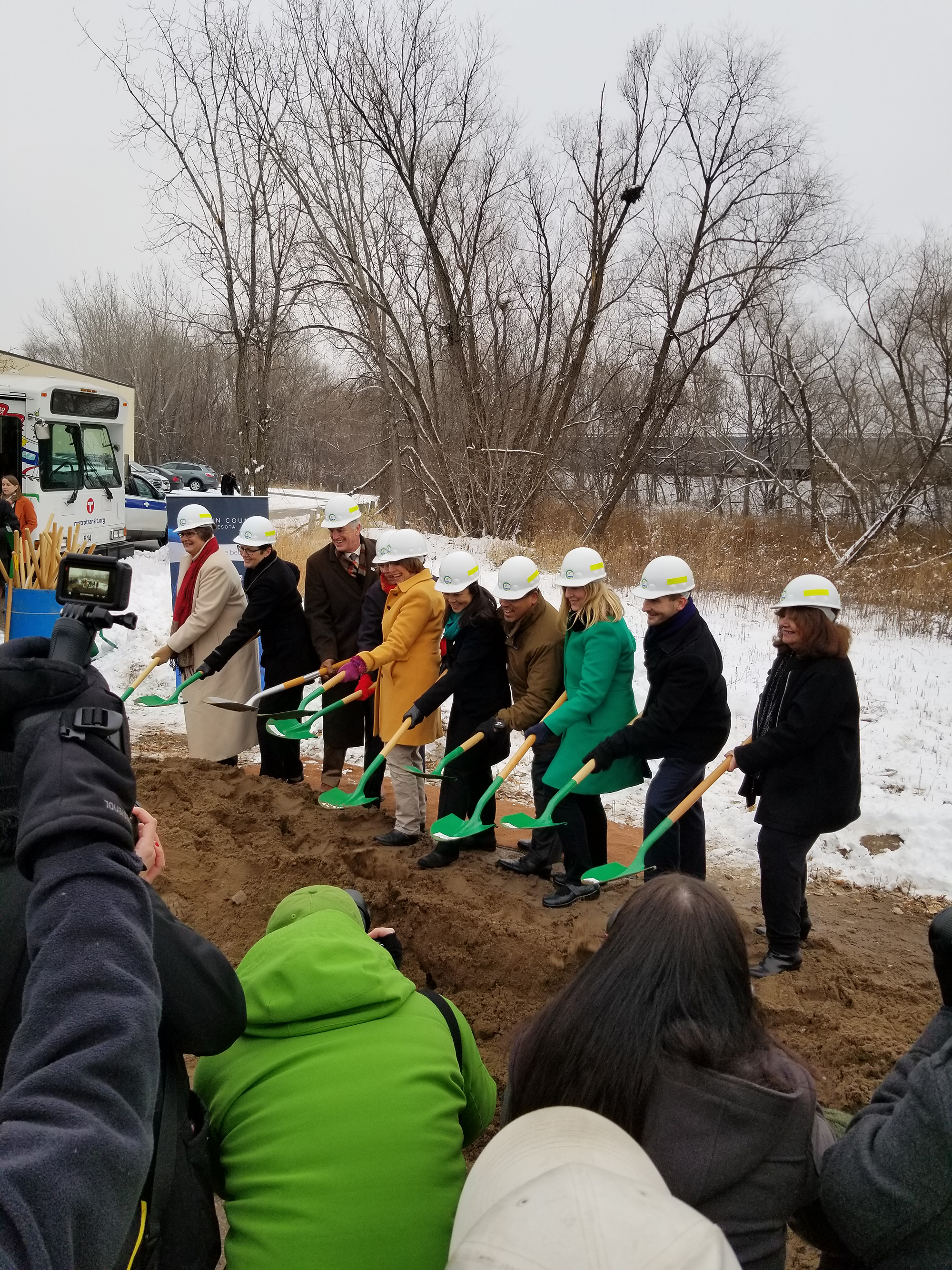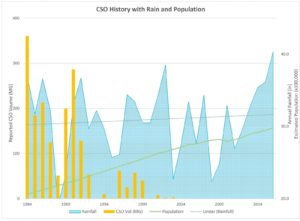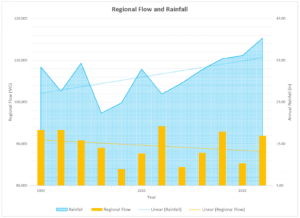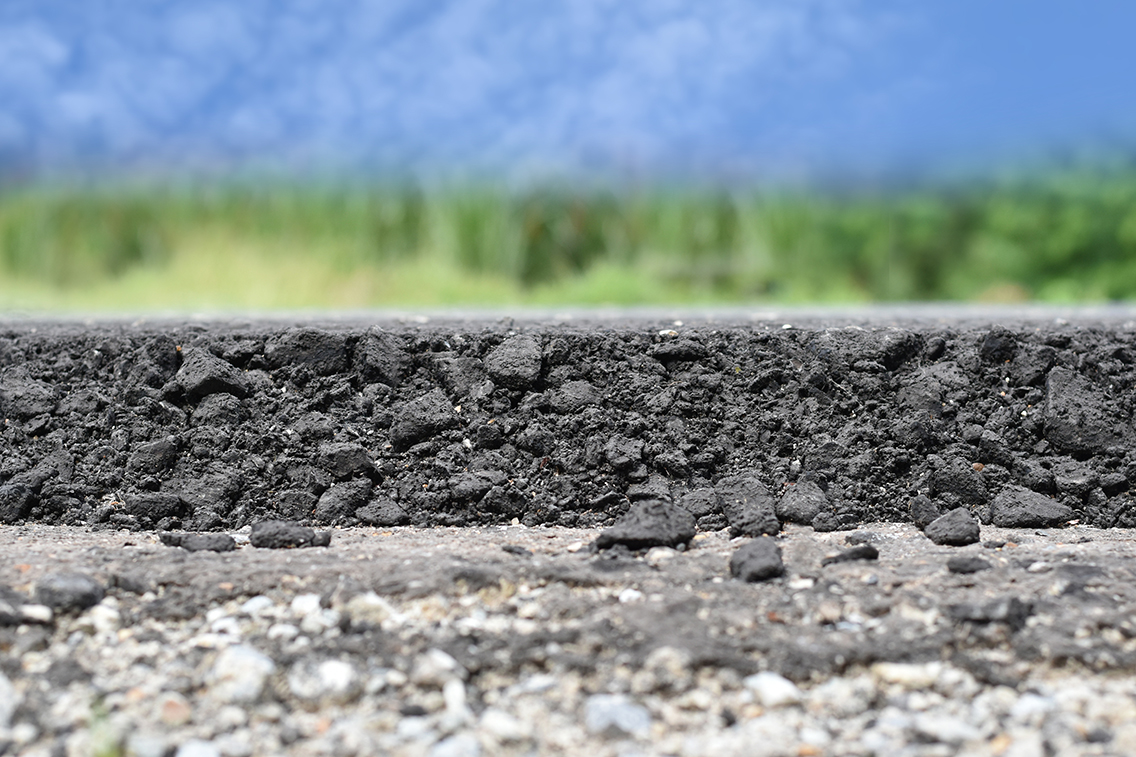
Parking Lots Paving – Hot Mix Asphalt (HMA) Recommendations

Pavement mixes used to build streets, highways and parking lots are not the same. There are several different mix requirements that are applied to each based on the use of the surface. Parking lots carry a low amount of daily traffic, but experience wear and tear due to static loading or from serving as a rest area. Rest areas and truck stops have a high number of creep speed Equivalent Single Axle Loads (ESALs). ESAL is a concept developed from data collected at the American Association of State Highway Officials. It is a road test that measures the damage relationship and the effects of axles carrying different loads.
When determining pavement mix, a parking lot’s classification must be established. Parking lots are divided into two classifications: passenger vehicle parking and commercial vehicle parking. In some cases, parking lots serve as both passenger vehicle parking and commercial vehicle parking. These parking lots require special considerations.
The Minnesota Department of Transportation (MnDOT) has developed mix designations that are included in their Standard Specifications for Construction Book. All project documents submitted must be in accordance with the book. Mixture designations are coded and outlined for their specifications using SPWEA430C.
SP | Design Type
Superpave, which is a gyratory compactor design used for all asphalt mixtures. This is the latest design used to replace the Marshall mix design method.
WE | Lift course
- WE indicates wear and shoulder wear, which is the top 4 inches of asphalt on MnDOT projects, or top 3 inches on local projects.
- NW indicates non-wear course, which lies below the top 4 inches of asphalt on MnDOT projects or top 3 inches on local projects.
A | Maximum Aggregate Size
| 2360 Gyratory | Maximum Aggregate Size |
| A | -1/2” |
| B | -3/4” |
| C | -1” |
| D | -3/8” |
4 | Traffic Level
The traffic level is based on the ESAL or the annual average daily traffic (AADT). Higher traffic levels require a higher-level percent of crushed aggregates. This will reduce the effects of rutting on pavement caused by traffic loading when soft mixes are used.
| Traffic Level | Million ESAL | AADT |
| 2 | < 1 | < 2,300 |
| 3 | < 3 | < 6,000 |
| 4 | < 10 | |
| 5 | > 10 |
30 | Air Void Requirement
- 40 for 4.0 percent air void. This is usually used on a surface with high traffic levels. The traffic helps compact the asphalt mixture.
- 30 for 3.0 percent air void. This is usually used on surfaces or roadways with low traffic level.
C | Performance Grade (PG) Binder Type
| 2360 Designation | Binder Grade |
| A | PG 52S-34 |
| B | PG 58S-28 |
| C | PG 58H-34 |
| E | PG 58H-28 |
| F | PG 58V-34 |
| H | PG 58V-28 |
| I | PG 58E-34 |
| L | PG 64S-22 |
| M | PG 49S-34 |
The first numbers of the binder type are the average seven-day maximum pavement temperature (oC) and the second number is the expected minimum pavement temperature (oC). The letters dictate the traffic level. “S” grade is for standard traffic, “H” grade is for heavy traffic, “V” grade is for very heavy traffic, and “E” grade is for extremely heavy traffic.
Example – Binder Type A:
A PG 52S-34 is intended for use where the average seven-day maximum pavement temperature is 52 degrees Celsius and the expected minimum temperature is -34 degrees Celsius, under standard traffic conditions.
Parking lot mix types:
Below are some recommendations on mix types that will help enhance the overall performance of the parking lots.
| Classification | New Construction or Reconstruction | Mill and Overlay |
| Passenger Vehicle Parking Only | SPWEA430C | SPWEA430B |
| Commercial Vehicle Parking | SPWEA530F / SPWEA530I | SPWEA530H |
Aggregate Size
- Aggregate size A is recommended due to the smaller size aggregate yielding a smooth finishing surface.
Traffic Level
- Traffic level 4 will help limit the depression in the parking stalls for passenger vehicle parking only.
- Traffic level 5 includes an increased percentage of crushed aggregate that helps mitigate creep speed ESAL from trucks.
Air Void Requirement
- A 3.0 percent air void will provide a tight finishing surface and an aesthetically pleasing look.
PG Binder Type
- The binder type used in a mill and overlay is generally lower than what is used in new construction or reconstruction. Cracks on existing underlying pavement reflect through the new overlay over time. This method is not as cost-effective as a higher binder grade. This does not mean that a higher binder grade in any mill and overlay project should not be used. A high binder grading helps slow down thermal cracking. It is at the discretion of the designer to decide if it is cost-effective to delay the reflective cracking.
- On commercial vehicle parking surfaces, asphalt binder grade F is a sufficient option, but in extreme conditions a higher binder grade I (PG 58E-34) should be used to reduce rutting and shoving.
- Surface areas where trailer landing gears are down should be designed with concrete pavement to support concentrated loads.
The recommendations above are guidelines. Additional investigation is necessary and should include coring or boring to further evaluate the subsurface conditions prior to a design work.


